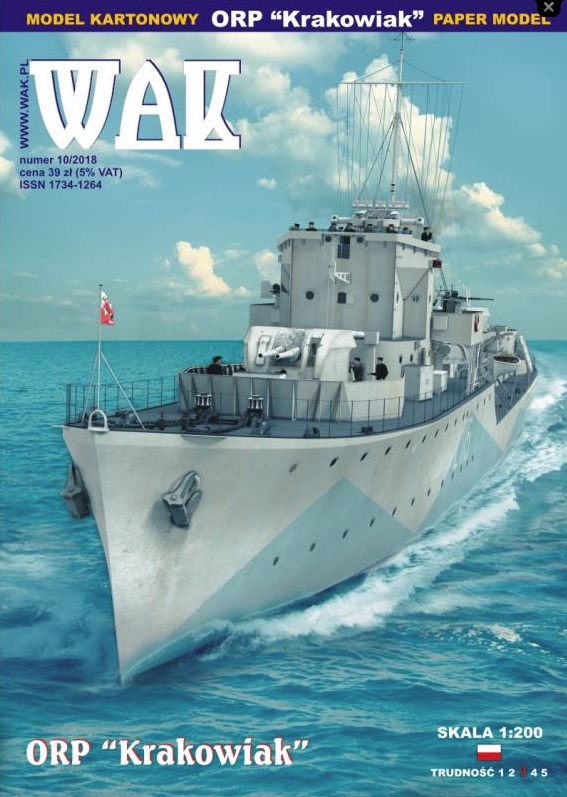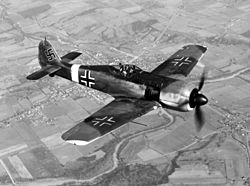
ORP Krakowiak
Content
Pekne photo of Krakowiak during the war.
On April 20, 1941, the Polish Navy leased the first British escort destroyer Hunt II, ideally suited to interact with larger ships, primarily designed to cover coastal convoys off the coast of England.
In accordance with the naval agreement on Polish-British cooperation of November 18, 1939 and the additional secret protocol of December 3, 1940, all ships of the Polish Navy (PMW) in the UK - destroyers Błyskawica i Burza, submarine Wilk and artillery hunters C -1 and S-2, were operationally subordinate to the British Admiralty. On the other hand, the first ships leased to the Allied fleet under the Polish flag (the destroyers Garland, Piorun and Hurricane and the S-3 artillery speeder) were a good choice for the British. The Admiralty felt the shortage of its own trained crews. On the other hand, the Naval Command (KMW) in London had a surplus of officers and sailors waiting to be assigned to warships.
The first hunter under the Polish flag
The construction of the escort destroyer HMS Silverton, which began on 5 December 1939, was commissioned to John Samuel White & Company at Cowes, Isle of Wight, at the same shipyard that was building Groma and Błyskawica. On December 4, 1940, the installation was launched. Equipment work continued over the following months. On May 20, 1941, the ex-British escort received the official name ORP Krakowiak and the tactical sign L 115 (visible on both sides and on the transom). On May 22, a ceremony of raising the white and red flag took place on the ship, and the Polish government in London undertook to cover all costs associated with its maintenance, modernization, repair, equipment change, etc. The ceremony was modest. Among the invited guests were: Vadm. Jerzy Svirsky, head of KMW, representatives of the Admiralty and shipyards. The first commander of the ship was a 34-year-old lieutenant commander. Tadeusz Gorazdovsky.
On June 10, Krakowiak flew from Plymouth to Scapa Flow for grueling training. The main goal of the weeks-long training was the commissioning of a newly completed ship.
along with the Royal Navy. The exercises continued until July 10. Rear Admiral Louis Henry Keppel Hamilton, commander of the destroyers of the Home Fleet (responsible for the defense of the territorial waters of the United Kingdom), did not hide his admiration for the crew of the Krakowiak, which had worked out in practice. On July 17, 1941, the ship was included in the 15th destroyer flotilla.
The crew of the Polish escort was baptized by fire while escorting the coastal convoy PW 27 off the small island of Lundy, located about 15 nautical miles west of the English coast, in the waters of the Bristol Channel. On the night of 31 August to 1 September 1941, a convoy of 9 transport ships, escorted by Krakowiak and three British armed trawlers, was attacked by a German Heinkel He 115 seaplane. An alarm was declared on the ships. A series of tracers from a 21 mm Lewis machine gun followed in the direction indicated by the observer. Almost simultaneously, artillerymen joined the fire, serving four-barreled "pom-poms", that is, anti-aircraft guns. 00 mm caliber and all three twin 7,7 mm artillery pieces. Despite heavy fire from the side of the escort, it was not possible to bring down the car.
On September 11, 1941, by order of the KMW chief, Krakowiak joined the newly created 2nd Destroyer Squadron (Polish), based in Plymouth, and began regularly escorting convoys along the southern and western coasts of Great Britain.
On the night of October 21, the Krakowiak, anchored in Falmouth, and her sister Kuyawiak (Captain Mar. Ludwik Likhodzeevsky), who were part of the escort from Falmouth to Milford Haven (Wales), were ordered to take part in the pursuit of an unidentified submarine , which, according to reports received from the Admiralty, was located approximately at the point with coordinates 49 ° 52′ s. sh., 12° 02′ W e. The destroyers arrived at the indicated position on October 22 at 14:45. The position of the submarine has not been established.
Hours later, Gorazdowski was ordered to locate and take command of cover for the Atlantic convoy SL 89, which had departed Freetown, Sierra Leone for Liverpool in early October. At 23:07 on October 00, a meeting took place with two British escort destroyers Witch and Vanguisher. At 12:00, the ships spotted 21 transports and a modest cover, and on the orders of the Western Approach Command (Western Operational Area, headquartered in Liverpool)
accompanied them along the western coast of Ireland. October 24, when both Polish destroyers were at 52°53,8° N, 13°14′ W, outside the area threatened by the U-boat herd attack.
and the aircraft were ordered to return - Kuyawiak went to Plymouth, and Krakowiak - to Milford Haven. On October 26, the convoy SL 89 reached the port of destination without loss.

